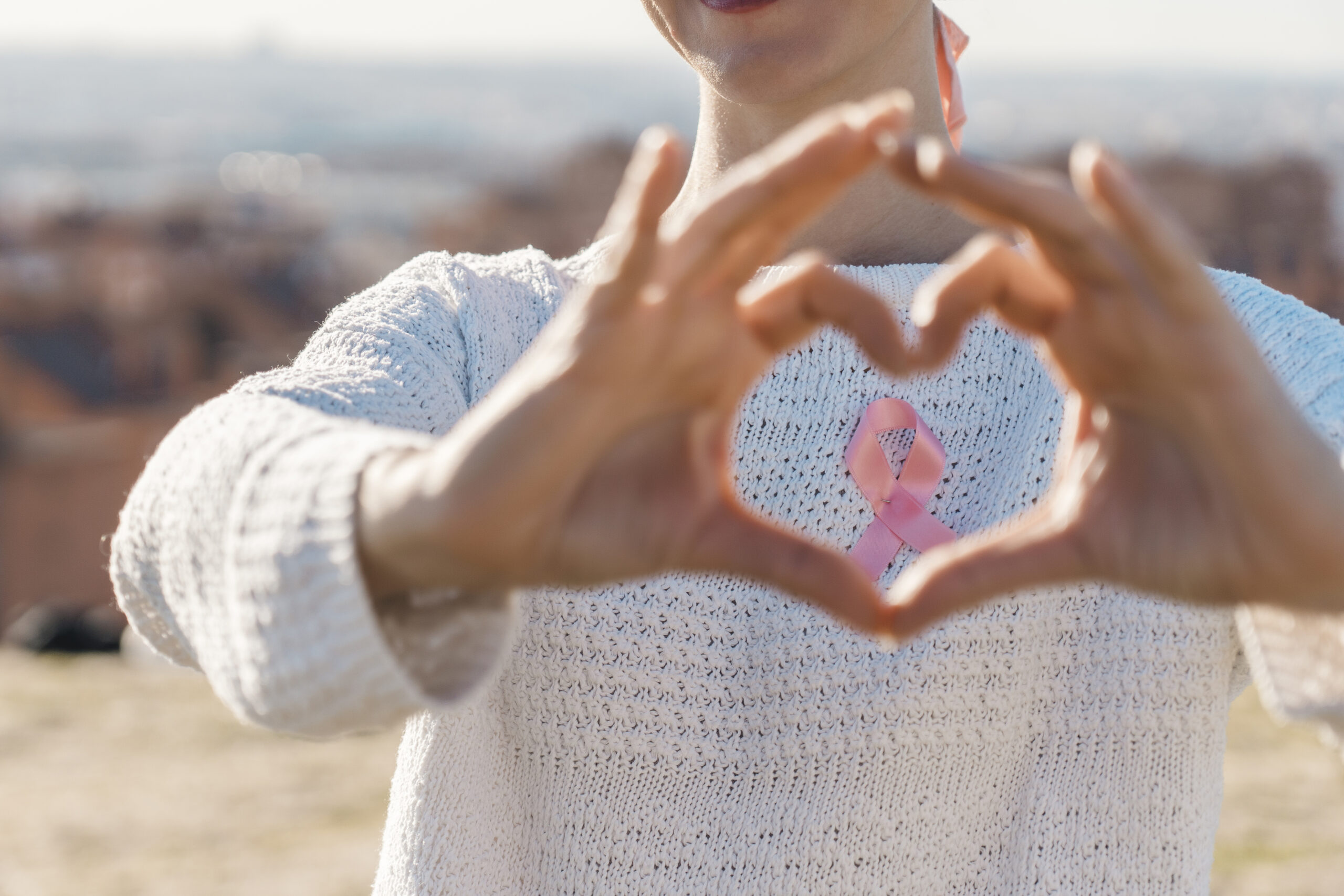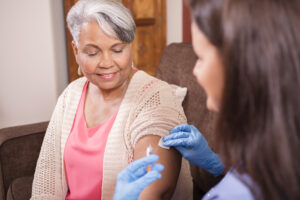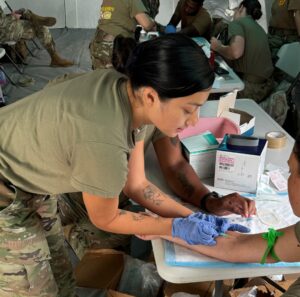This October, we recognize Breast Cancer Awareness Month. This annual observance supports the millions of people worldwide diagnosed with breast cancer and educates the public on how to avoid and detect the disease. Established in 1975 by the American Cancer Society, Breast Cancer Awareness Month includes Metastatic Breast Cancer Awareness Day on October 13 and Men’s Breast Cancer Awareness Month from October 17-23.
To highlight this month, we will give you the facts on breast cancer in women and men and tips on recognizing and preventing it.
What is breast cancer?
Breast cancer is a form of cancer that occurs when cancer cells replicate and grow in one or both breasts. It is the most commonly diagnosed cancer in women in the U.S., affecting one in eight women each year and 2.3 million women worldwide.
Breast cancer affects races and ethnicities differently. White and black women have the highest breast cancer rates, followed by Asian, Hispanic and Indigenous women. Black women are more likely to be younger when diagnosed, have a higher death rate and face more serious prognoses.
Symptoms
According to the Mayo Clinic, there are several signs of breast cancer to look out for. These include:
- Change in the size, appearance or shape of the breast
- Differences in the skin on the breast
- New inverted nipples
- A lump or thickening that feels different from the other tissue
- Redness or pitting in the skin
- Peeling or scaling in the areola area
Breast cancer in men
Although typically considered a women’s issue, breast cancer can also affect men, albeit in fewer numbers. Because men have breast tissue in their chests, they can still contract certain breast cancers.
The American Cancer Society estimates that in 2023, the United States will see about 2,800 new cases of invasive breast cancer diagnosed, and about 530 men will die from it. Men have a 1 in 833 chance of getting breast cancer in their lifetimes, and it is more deadly in minority communities.
Risk factors
There are many risk factors for breast cancer; some are unavoidable – but luckily, some can be avoided with lifestyle choices.
Preventable risk factors include not being physically active, being overweight or obese and drinking alcohol in excess. Although not quite in the same category, women who have their first full-term pregnancy after age 30 and choose not to breastfeed and those who never have a full-term pregnancy have an increased risk of breast cancer. Similarly, women who use certain oral contraceptives and some forms of hormone replacement therapy during menopause are also at risk.
Unfortunately, many risk factors are genetic or unavoidable, including:
- Aging
- Inherited genetic mutations such as BRCA1 and BRCA2
- Family history of breast and ovarian cancer
- Starting periods before age 12 and menopause after 55
- Having dense breast tissue
- Personal history of breast cancer
- Exposure to the drug diethylstilbestrol through themselves or their mothers
- Previous radiation therapy
- Klinefelter syndrome in men
- History of testicular disease in men
Prevention
You can take several steps to avoid preventable risk factors for breast cancer. Doctors recommend drinking no more than one alcoholic drink per day, exercising for at least 30 minutes most days of the week, maintaining a healthy weight and eating a nutritious diet. Some women may wish to limit postmenopausal hormone therapy or switch the type of oral contraceptive they use – talk to your doctor about the best options for you.
Screening
There are several ways that women can screen for breast cancer. Although screening does not prevent cancer, it can help catch it early, which improves the prognosis and makes the condition easier to manage.
Mammograms
Mammograms are x-rays of the breast and the most effective way to detect breast cancer before it is big enough to feel or cause symptoms. The United States Preventative Task Force recommends that women 50 to 74 years of age and at average risk of breast cancer get a mammogram every two years. Mammograms are offered to women 40 years old or younger if they are at higher risk.
Magnetic Resonance Imaging
MRIs use radio waves and magnets to create images of the breast. These tests are used for women with a high risk of contracting cancer.
Clinical breast exams
Clinical breast exams are typically performed by doctors or nurses who manually feel for changes in the breast.
Self-exams
You can perform a self-exam at home to help you become familiar with how your breasts look and feel and notice areas of concern. Report any changes you find to a healthcare provider.
In men, self-exams and genetic testing are the best ways to detect the development or likelihood of breast cancer. Imaging is typically not performed unless there is a lump or other sign of cancer.
Taking time to learn more about breast cancer can help ensure early detection and improved long-term outcomes. This October, be sure to educate yourself on breast cancer risk factors and look into screening options. Maxim Healthcare Services provides a range of home health and home care services to people managing the effects of cancer. Visit our locations page to find your local office and get the support you need.



